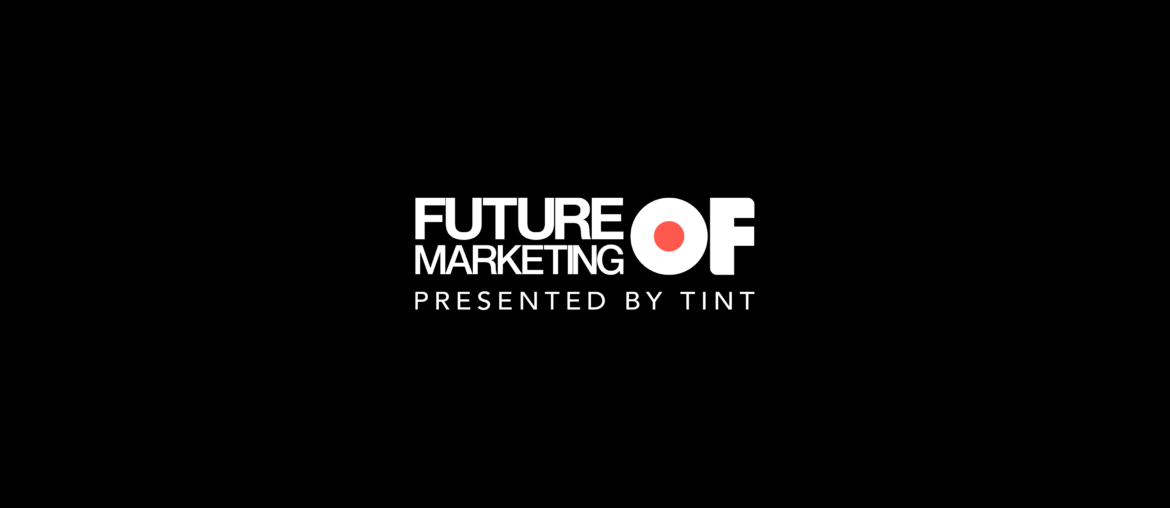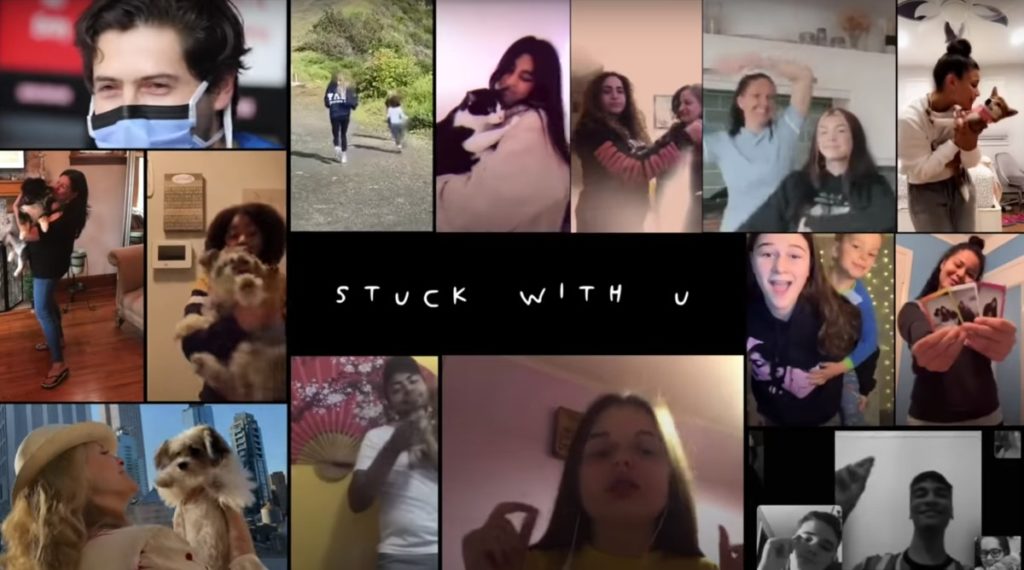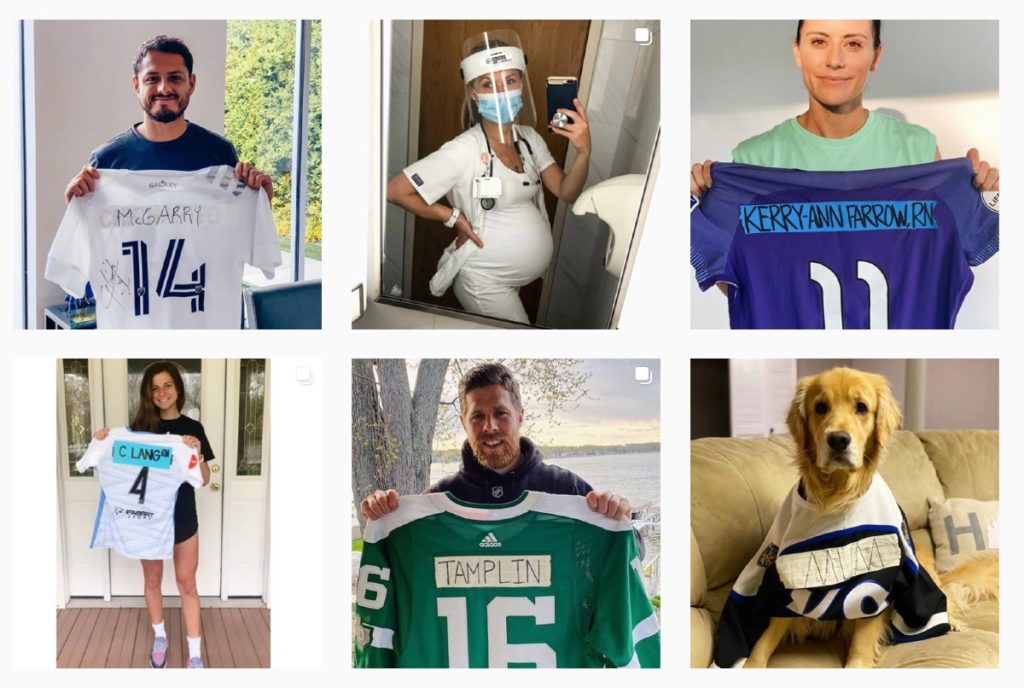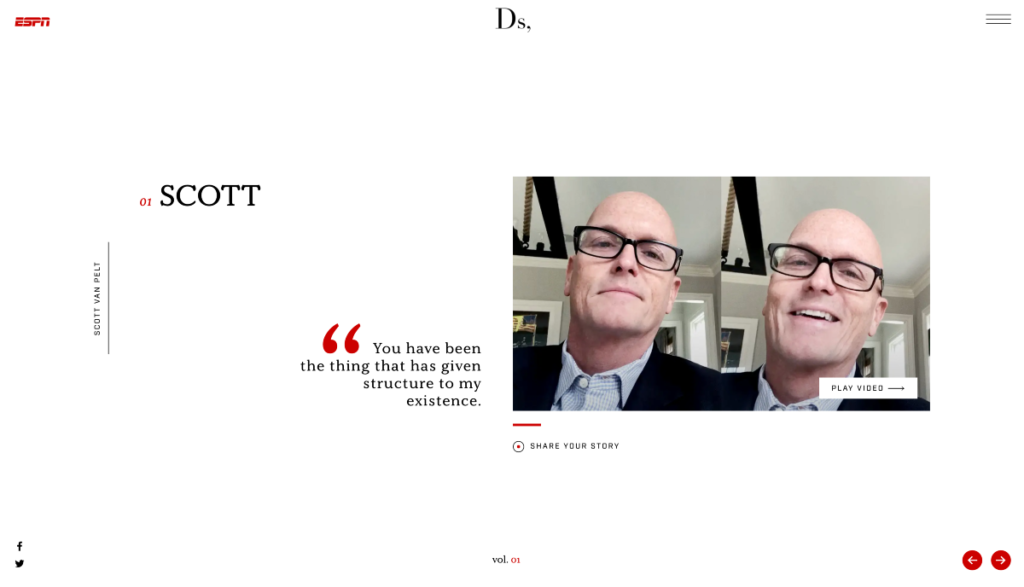This content originally appeared May 21, 2020 as part of the Future of Marketing weekly email series. Subscribe here.
It’s no secret that the CMO role is one of the most demanding. Marketing requires a hybrid of left- and right-brain thinking – analyzing data and business insights to drive creativity and communication strategies, increase engagement, and prove ROI. Google distilled the ever-increasing expectations for CMOs into one paragraph. However, most companies do not have CMOs, yet hold similar expectations for anyone in a marketing leadership role.
As the world re-opens its doors, brand loyalty – especially in sports and entertainment – will be more important than ever. And the brands and marketing leaders that identify their purpose – and move strategically now – will be remembered tomorrow.
Brand personalization strategies in demand
Multiple leading strategists share how brands are rethinking their goals. “The intersection of brand trust and consumer expectations is where companies can make a difference,” writes Michael Stone.
With video and motion photography already expected to surge, Facebook acquired Giphy for $400 million – raising the question of what this means for content creation. As user-generated videos, gifs, and voice chat continue to surge in the marketing world, video-conferencing platforms are also increasing in popularity among homebound consumers who want to stay in touch.
Clubhouse – an exclusive, audio-focused social network, is currently in beta and available by invitation only. Few lucky users are raving about their Clubhouse experiences on social – sharing sneak peeks of their group chats with celebrities, investors, and top global execs. Having specifically-targeted users test and share app insights is a great strategy to generate demand, collect user feedback, and refine before releasing the app to the public. That’s if they choose to increase access to a broader audience.
As brands strategize their next move, content-sharing will become more exclusive, focused, and personalized.
‘Homemade’ for cost-effective marketing
There is an opportunity for retail and eCommerce brands to refine their digital strategies, and reduce ad expenses with user-generated content (UGC). TikTok’s ability to create viral fame is drawing users to the platform as it offers higher reach for a fraction of the cost of other social media platforms – all thanks to its algorithm which boosts trending content.
Ariana Grande and Justin Bieber announced their song collaboration and asked fans and celebrities to submit videos dancing to the beat of their new single in the TikTok #StuckWithUChallenge. The stars then produced their music video, ‘Stuck With U’ with this UGC. Proceeds from all streams and sales from the song – which debuted #1 on the Billboard Hot 100 – will go to the First Responders Children’s Foundation.
Social media users are also creating content at home. Actor Rob Patterson shot a homemade GQ cover from home – and an 11-year old created an impressive DIY Nike photoshoot that gained recognition from the sports brand.
UGC is a core marketing strategy for brands that wish to reduce creative costs while connecting more authentically with consumers.
Social strategy for philanthropy
People share content to improve and enrich the lives of others, shares Katy Leesson of Social Chain. Fourteen professional sports leagues – including the NFL, Nascar, the Association of Tennis Professionals, and Electronic Arts – collaborated to bring #TheRealHeroes project to life.
The campaign features pro athletes replacing the name on their jerseys, racing suits, or polos with that of a frontline medical workers. The athletes will break into a standing ovation in a two-minute video – which was recorded and pieced together remotely from the athletes’ homes.
Golf sort of returned last weekend. Rory McIlroy and Dustin Johnson took on Rickie Fowler and Matthew Wolff in the TaylorMade #DrivingRelief, a low-key skins match that raised $5.5 million. To announce the event, Rickie and his wife recorded a humorous Farmers Insurance ad titled ‘Crowd Control’ in their backyard.
NBA teams are also leveraging user-generated content to give back. San Antonio Spurs shares its various philanthropic efforts on @spursgive – while Miami Heat unveiled a pandemic resource center and engages fans via #HeatNationUnited.
Create purpose-driven content to enrich the lives of the people you are creating it for. People are more likely to engage when they feel connected to a group or greater purpose.
#brandcrush: ESPN
Logo placement and brand awareness are very valuable in the sports world. Athletes and ESPN personalities are sharing their love and longing for sports in #dearsports – which ESPN repurposes beautifully on-site.
ESPN also released The Last Dance, a nostalgic docuseries that averaged 5.6 million viewers within the same day. Now the most-viewed content in ESPN history, the 10-part series features Michael Jordan and the 1997 and ’98 Chicago Bulls – his last season with the team.
To promote the series, State Farm produced a remarkable ad using deep-fake technology – cleverly ‘predicting’ The Last Dance in 2020. “At first, it looked like a flashback to SportsCenter in 1998, recalling the Bull’s run. But, about 10 seconds in, something felt different. It was brilliant, stop-in-your-tracks advertising,” shares Doug Zanger.
Nike, Jordan, and Gatorade also benefited from the documentary with re-airings of historical commercials and close-ups of Jordan’s shoes. This exposure alone was more valuable than the usual jersey patch mid-game – with Nike gaining $487,000 worth of brand exposure from its swoosh logo appearing 80 times in one episode alone.
More brands will reap the benefits of user-generated content to reduce ad costs, boost awareness, and leverage nostalgic moments to connect with fans more meaningfully.




